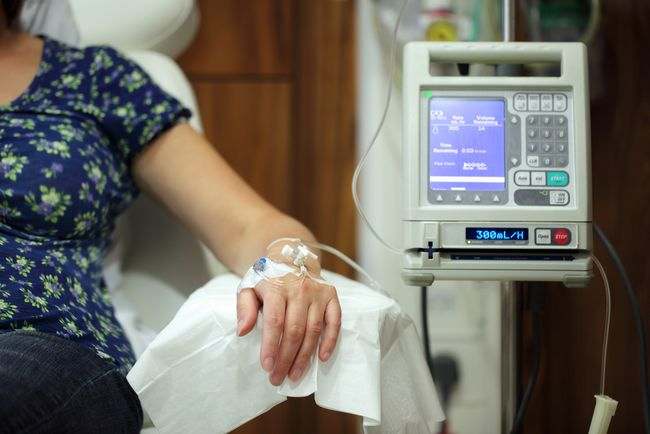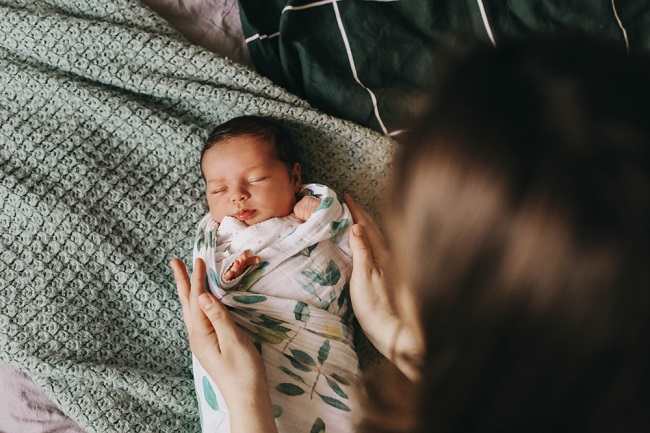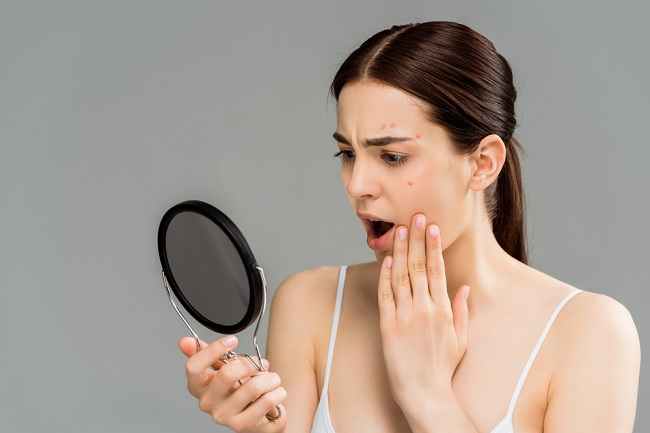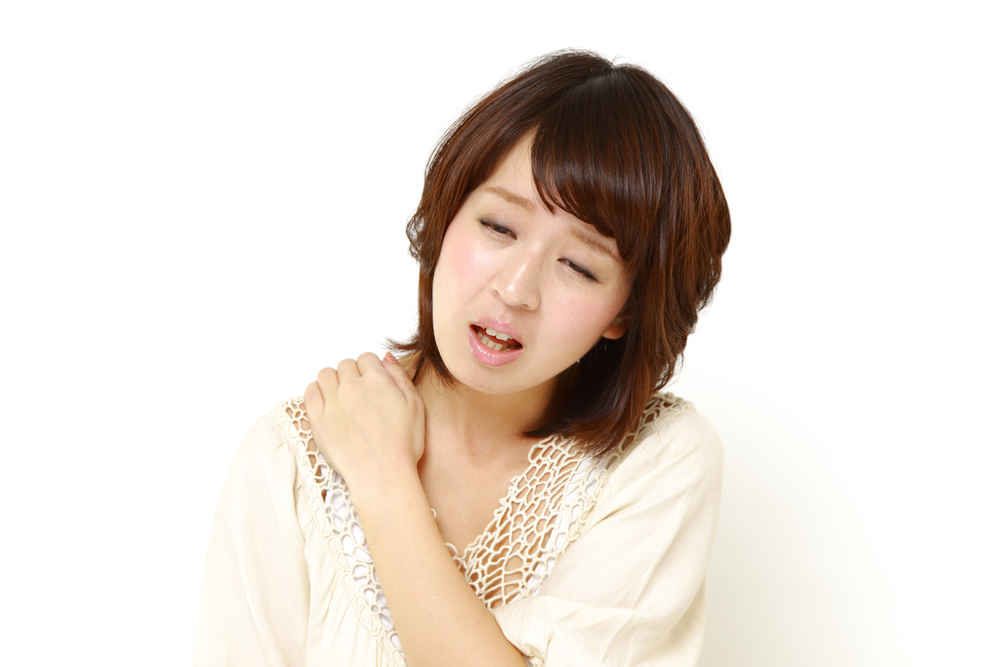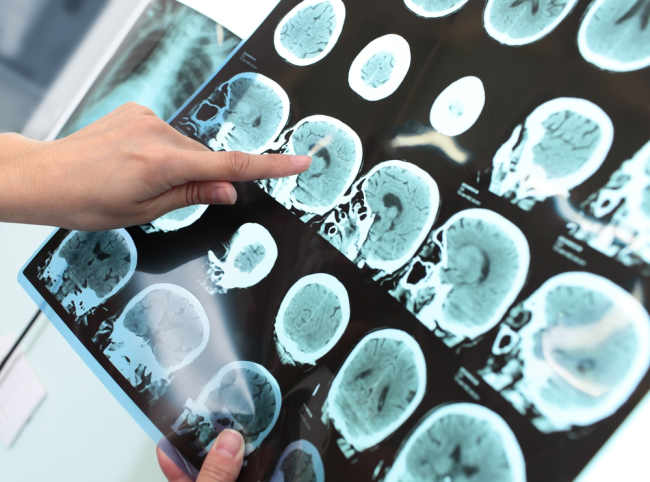One problem health associated with the aging process is visual impairment.This is common because paging causes decreased functionvarious organs of the body, such as the nervous system, heart and blood vessels, as well as the senses, including eyes.
Impaired vision can make it difficult for sufferers to carry out daily activities, at risk of injury due to falls, and even depression due to this limitation.

Visual Impairment in the Elderly
Some of the visual disturbances that are often encountered in the elderly are:
1. Cataract
Cataract is a condition that causes the lens to become cloudy, so that sufferers experience:
- Blurred vision (such as seeing smoke or clouds or colors appearing faded)
- Inability to see in dim light
- Glare when you see the light
- Double vision
2. Presbyopia
Presbyopia is a near vision disorder caused by a decrease in the elasticity of the lens and the function of the eye muscles with age. The most common complaints are:
- Decreased ability to see at close range
- Tiredness or soreness in the eyes
- Headache
3. Dry eyes
Dry eye is a condition that occurs as a result of decreased tear production and evaporation of the tear film. Symptoms experienced can include:
- Red eyes and feel hot
- Blurred vision
- Pain in the eyes
- Like there's sand in your eyes
- Eyes get tired
4. Inflammation and Infection
Infections are also common in the elderly because of impaired tear disposal, damage to the lining of the eye, and decreased immunity. Eye infections that often occur in the elderly are conjunctivitis, keratitis, and endophthalmitis.
Usually, patients with eye infections will complain of pain, glare, and redness in the eyes, as well as visual disturbances.
5. Glaucoma
In glaucoma, there is a blockage of the flow of fluid in the eyeball, so that fluid will accumulate and cause pressure in the eyeball to increase. The high pressure in the eyeball will damage the nerve fibers of vision.
The main symptom of glaucoma is a decrease in visual field, which is usually complained of like looking through a keyhole. These symptoms are not significant in the early stages, so it is difficult to diagnose.
6. Retinopathy
Health problems commonly suffered by the elderly, such as hypertension and high blood sugar levels, can trigger retinopathy or damage to the retinal layer. Patients with retinopathy usually experience the following symptoms:
- Blurred vision
- floating object (floaters) or the presence of black areas of vision
- Difficulty distinguishing colors
- Trouble seeing at night
People who are over the age of 65 are advised to have an eye examination every 1-2 years, even if there are no complaints. While the elderly with diabetes mellitus are advised to have an eye examination every year since being diagnosed, and the elderly who are at risk of glaucoma are advised to have an eye examination every 6-12 months.
In addition to regular eye check-ups, you are encouraged to adopt a healthy diet, maintain cleanliness, be diligent in exercising, and get enough rest to take care of your eyes and prevent vision problems in old age. Do not hesitate to consult a doctor if you experience complaints related to the eye.
Written by:
dr. Andi Marsa Nadhira
